
Iran’s crude steel output up 6% in 8 months yr/yr: WSA
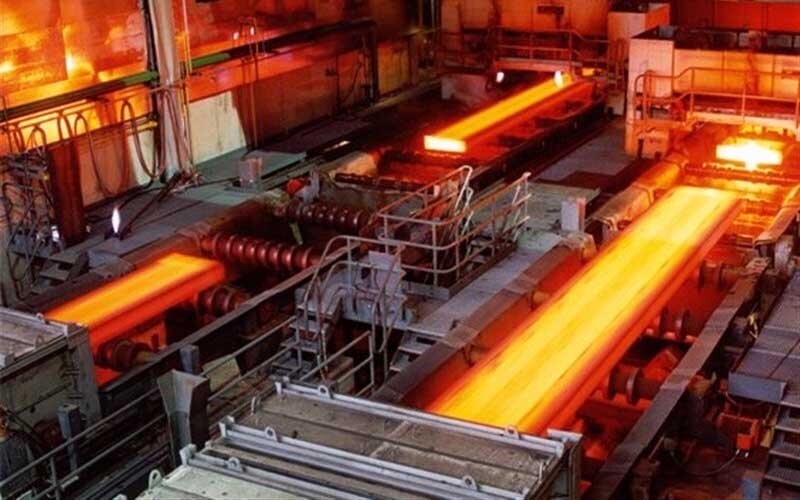
The WSA put the country’s crude steel output at 17.188 million tons in the eight-month period of this year, rising from 16.153 million tons in the same time span of the previous year, Tasnim news agency reported on Friday.
Iran produced 2.2 million tons of crude steel in August 2019, which was 6.7 percent higher than 2.062 million tons of the product produced in August 2018, the same report conformed.
WSA says that crude steel production in the world has risen 4.4 percent to reach 1.24 billion tons in the first eight months of this year.
Iran’s production of crude steel is rising despite the U.S. sanctions.
In an attempt to [as the U.S. president Trump put it] “choke off the country’s largest non-petroleum related sources of export revenue", Washington imposed new sanctions on Iran's metals and minerals sectors in early May.
While at the first glance [considering Trump’s comments], this might seem to be a heavy hit to Iran’s economy in the near future but a close look into the country’s exports data could reveal Trump’s great miscalculations. In fact, this could even be considered a “blessing in disguise” for the country’s minerals and metal industry.
In a press conference on June 8, Iranian deputy industry, mining and trade minister said the ministry has taken necessary measures to maintain the country’s metal exports despite U.S. sanctions.
“We have established a special working group in the ministry which is closely assessing the situation and making necessary arrangements to mitigate the impact of U.S. sanctions,” Jafar Sarqini told the Tehran Times in the press conference.
The official noted that it is expected for the exports from the country’s mining sector to, at least, reach the last year’s $8.5 billion by the end of the current Iranian calendar year (March 2020).
Also, during a meeting with the members of Iran Steel Association in late July, Iranian Industry, Mining and Trade Minister Reza Rahmani said the country has achieved a proper self-reliance in steel industry.
Steel industry is one of the industries in which some good investment has been made and today it has become a production advantage, the minister further underscored.
Meanwhile, Sarqini has said that Iran’s annual steel production is planned to reach 45 million tons by the Iranian calendar year 1400 (March 2021-March 2022).
Referring to the sanctions, the official said, “All those who have imposed sanctions against Iran aim to destroy he country’s production capabilities; therefore, the Ministry of Industry, Mining and Trade prefer that the steel producers focus first on production and in this due development projects with the physical progress of over 70 percent will also help achieve this target.”
On June 15, the official had announced that the country’s annual crude steel production is planned to reach 30 million tons in the current Iranian calendar year.
He put Iran’s crude steel production at 25 million tons in the past year.
Sarqini had also announced that Iran will inaugurate steel projects with the capacity of at least 10 million tons during the current Iranian calendar year.
According to World Steel Association, Iran became the world’s tenth largest steel producer in 2018.
Iran which stood at the 13th place in 2017 could lag behind three major steel producers in the world, namely Italy, Taiwan, and Ukraine to stand at the 10th place in 2018, despite the re-imposition of sanctions by the U.S.
According to the WSA’s report, Iran produced 25 million tons of crude steel in 2018 which indicates 17.7 percent growth from 21.2 million tons in 2017.

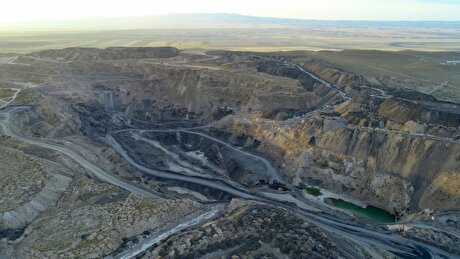
Uzbek gold miner said to eye $20 billion value in dual listing

Peabody–Anglo $3.8B coal deal on the brink after mine fire
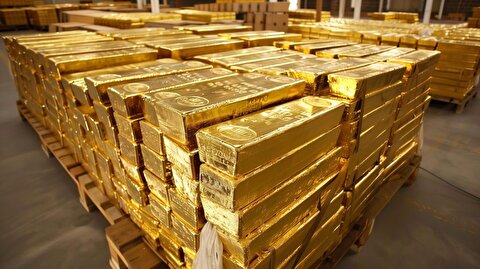
A global market based on gold bars shudders on tariff threat
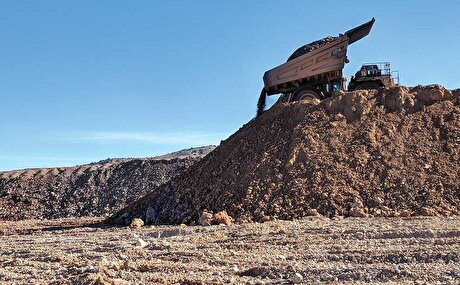
Minera Alamos buys Equinox’s Nevada assets for $115M
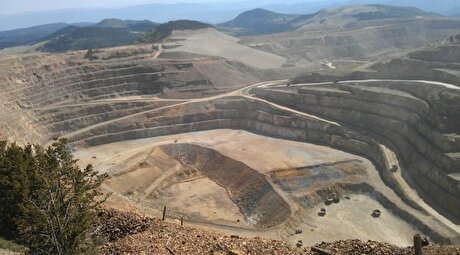
SSR Mining soars on Q2 earnings beat

Century Aluminum to invest $50M in Mt. Holly smelter restart in South Carolina
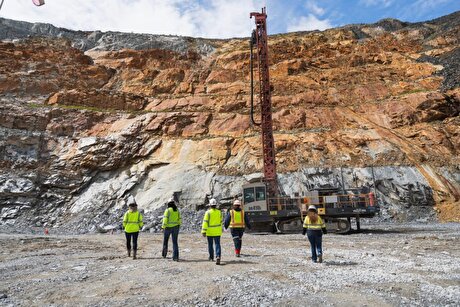
OceanaGold hits new high on strong Q2 results
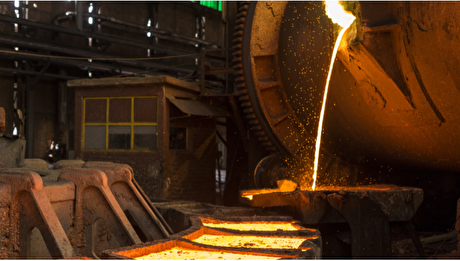
Adani’s new copper smelter in India applies to become LME-listed brand
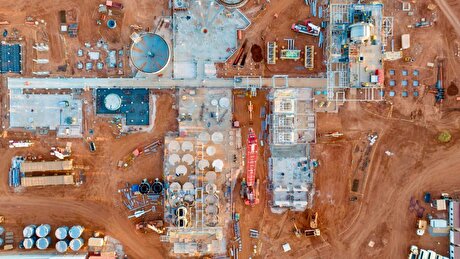
Australia to invest $33 million to boost Liontown’s Kathleen lithium operations

Antofagasta posts biggest profit margins since 2021
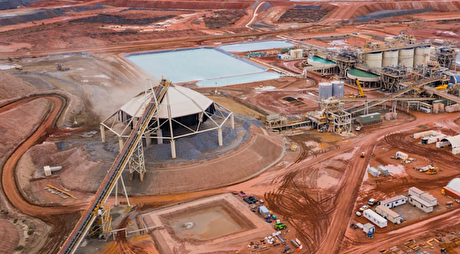
Gold Fields nears $2.4B Gold Road takeover ahead of vote

US startup makes thorium breakthrough at Department of Energy’s Idaho National Lab
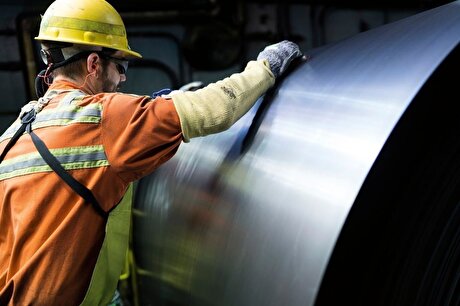
Cleveland-Cliffs inks multiyear steel pacts with US automakers in tariff aftershock
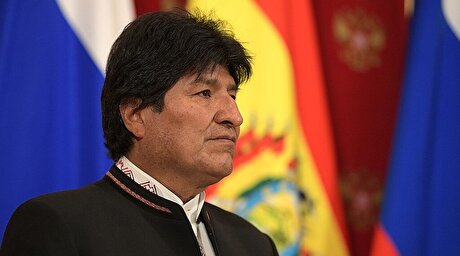
Bolivia election and lithium: What you need to know
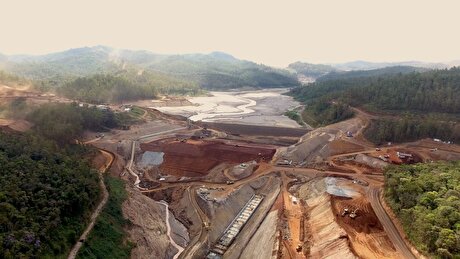
Samarco gets court approval to exit bankruptcy proceedings
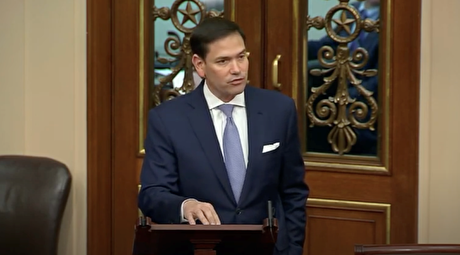
US eyes minerals cooperation in province home to Reko Diq
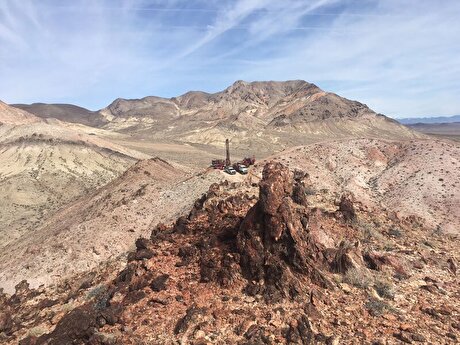
Allegiant Gold soars on 50% financing upsize
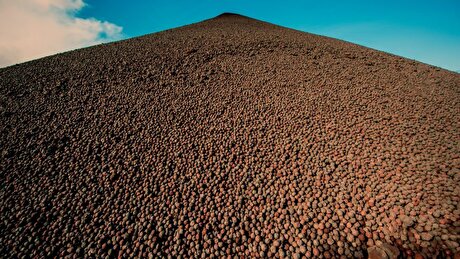
Explaining the iron ore grade shift

Metal markets hold steady as Trump-Putin meeting begins

Antofagasta posts biggest profit margins since 2021

Gold Fields nears $2.4B Gold Road takeover ahead of vote

US startup makes thorium breakthrough at Department of Energy’s Idaho National Lab

Cleveland-Cliffs inks multiyear steel pacts with US automakers in tariff aftershock

Bolivia election and lithium: What you need to know

Samarco gets court approval to exit bankruptcy proceedings

US eyes minerals cooperation in province home to Reko Diq

Allegiant Gold soars on 50% financing upsize

Explaining the iron ore grade shift














